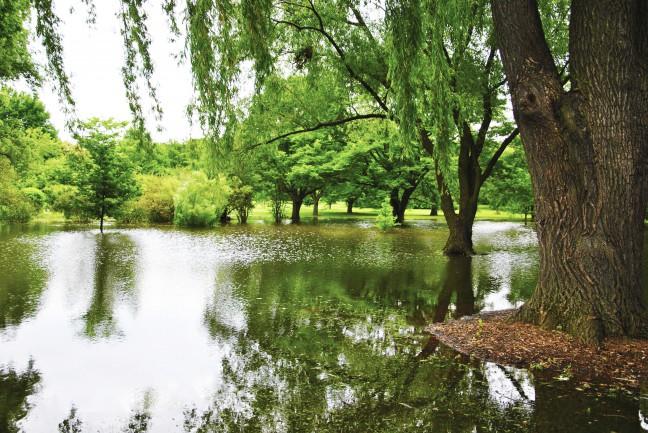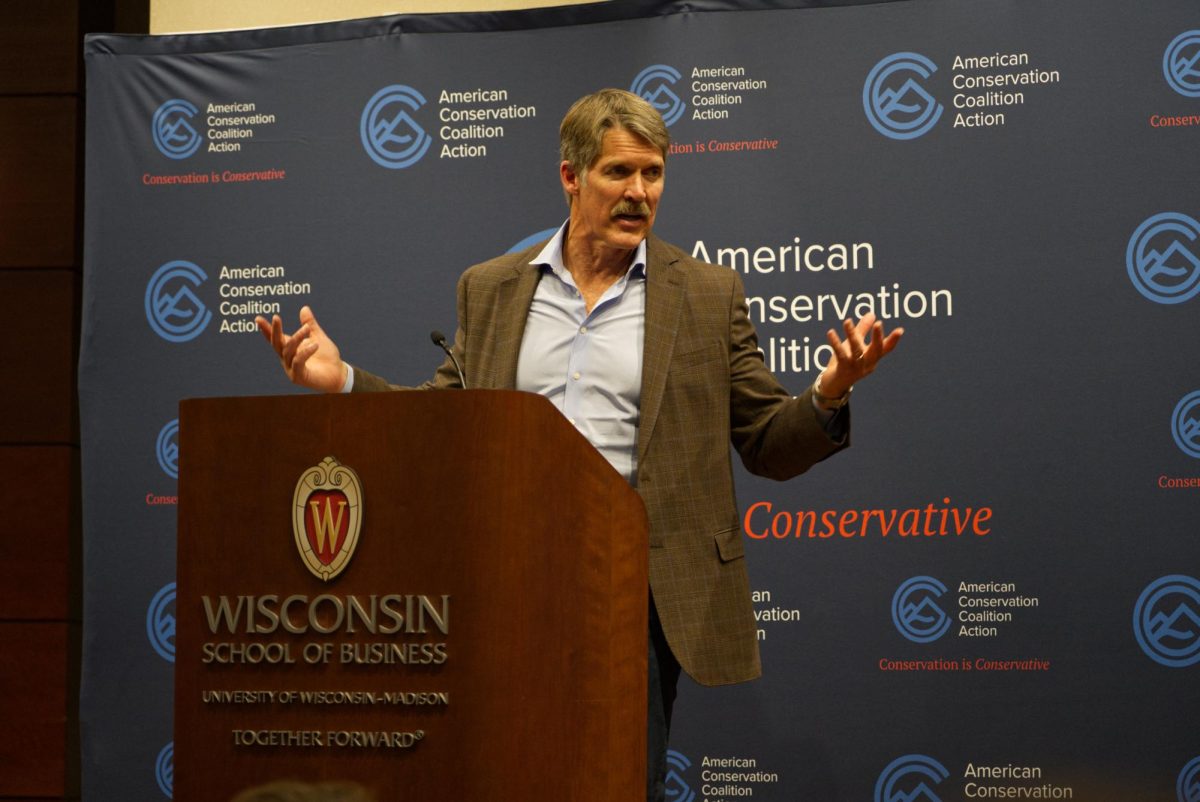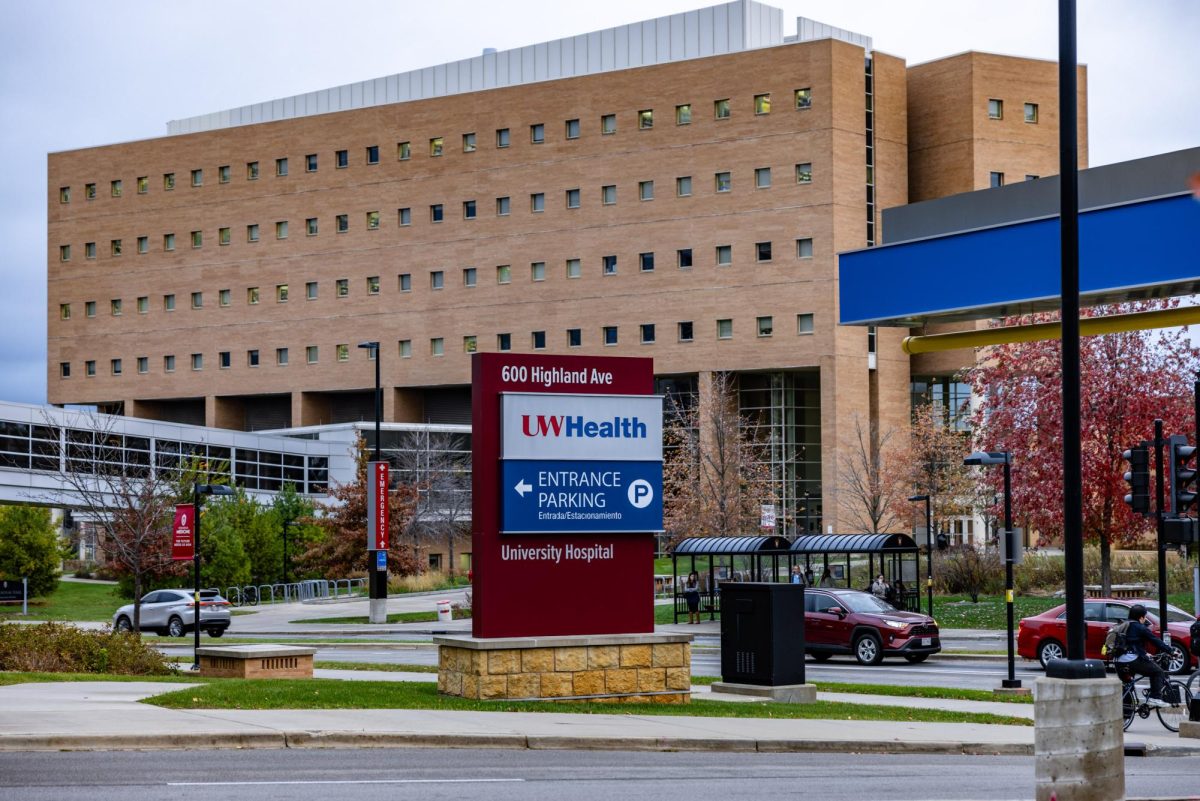Department of Natural Resources recently announced the approval of the Wisconsin Wetland Restoration Trust program, which offers an alternative mode for companies to mitigate their impact on Wetlands.
Previously, companies that impacted wetland areas could either mitigate that impact by completing a restoration project or buying credits from other organizations that had. Those options still exist, according to Matthew Matrise, the Wetland In-Lieu Fee coordinator, but there will now be a third option of buying credits directly from the DNR.
“Before, when somebody had an obligation through a permit to compensate for wetland impacts, they had two choices to do that. Now they have three choices, so it just broadens the options for people to fulfill obligation of mitigation,” Matrise said.
The standards for acquiring one of the permits will be unchanged, Matrise said. Companies will still be required to go through the regulatory process by which the initial impact on wetlands is minimized.
These changes were brought about by legislative changes that took effect in July of 2015. According to George Meyer of the Wisconsin Wildlife Federation, these changes have the potential to negatively impact Wisconsin’s wetlands.
“The reason for the plan is that the Legislature passed a statute allowing more wetlands to be filled in by developers,” said Meyer.
As part of the legislative changes, mitigation for wetland deterioration became a requirement, and the DNR was given the option to rethink their mitigation process, Matrise said.
Meyer said he is skeptical of the plan. Rather than creating new wetlands, he says, the plan is focused on only replacing deteriorated ones.
“The information regarding this plan made it sound like this was going to be a major improvement for the number of wetlands in the state of Wisconsin, when in fact it’s by-and-large just a replacement for other wetlands being built [upon],” Meyer said.
Meyer also expressed concerns that the plan does not require restoration projects to take place within the same watershed of the deterioration.
The price for a single credit depends on the location and the cost of restoration. In major basin areas, such as Lake Michigan, the credits can cost up to $61,000.
“Those fees were calculated based on the actual cost of replacing those wetlands back on the actual landscape,” Matrise said.
Matrise said the new plan divides the state into 12 sectors. In whichever sector the wetland deterioration occurs is where the restoration project must take place. If not, then the company will be required to buy a greater mitigation credit.
Matrise said there are ways to bump up the number of credits required. For example, there are additions for being out of the watershed or if there is temporal loss.
The state has a minimum ratio determined through the wetlands impact regulatory process, according to Matrise. The minimum is 1.2 to one, so for every acre of wetlands affected, someone has to buy 1.2 credits. With the add-ons, that could be as high as 1.95 to one.














